I walk along the cold, unforgiving ground.
I try.
I try to think of life.
I see the bodies of life around me, but I can’t feel it.
I can’t help it,
I can only think of the bodies that lie where I stand.
Faces come towards me.
Unfamiliar faces of my sisters and brothers.
Red, cold faces.
Never have faces faced one another here.
Never have they looked both ways.
Life was one way.
Death was one way.
My shoes carry life, but feel death.
They walk, stiffly, boldly, ignorantly.
Their brothers and sisters lie here, never again to carry life.
They continue to walk.
Stop!
They walk.
Stop!
Look!
They continue, unable to see death.
Unable to feel death.
They walk only to carry life.
This poem played out in my head as I walked toward the mass graves in the Tykocin Forest in Poland, and as I reached one of the graves, I sat against a tree and wrote it down. I needed my feelings to escape. I needed to say how I felt, but I could not speak. Before we entered the forest, the staff from the Intergenerational March of the Living, sponsored by the Bureau of Jewish Education, had given us drawings of different shoes and asked us to imagine, as we walked through these forests, the people who walked here before us, but were unable to walk out. Walking out — that was surreal.
I have grown up listening to my grandparents’ stories, studying the history, reading the literature and seeing the pictures. I have become familiar with the atrocities and images of the Holocaust. But I cannot describe the way I felt seeing the infamous sign, “Arbeit Macht Frei” on the gate of Auschwitz in color and from inside the gate, instead of outside of it. As 8,000 Jewish teenagers, adults and Holocaust survivors marched under it and out of Auschwitz last month, I felt feelings of victory, of defiance, of triumph and of survival. I knew that millions of victims had walked through this gate, not knowing the fate that awaited them, but very few were able to walk back out. This time, however, the survivors of Auschwitz and the teens from our delegation walked hand-in-hand to Birkenau on a march of life, not death.
Before beginning the march, Ilan Graff, one of our amazing staff members, told us that while on the march we should respect its sanctity and meaning, and observe certain modes of behavior, such as no speaking and no photography. I completely agreed with them. After we walked out of Auschwitz, I walked alone, very disturbed by all of the talking, laughing and picture-taking that was going on around me. I wanted this march to be solemn; I wanted the teens around me to remember, as I was, and not to turn this march into a stroll. I continued to walk silently until a group from Panama marched up behind me singing “Am Yisrael Chai!” That’s when I realized that this march was supposed to be about remembrance, but it was not supposed to be a march of death. It was a march of the living, and for the living. We were here to remember those who perished, but more so, to celebrate our survival and our perseverance. Three generations walked hand-in-hand and side-by-side from Auschwitz to Birkenau, but this time, we were not being told to march; rather, it was our turn to tell the world that we will march and stand and live, always together, always forever. Am Israel Chai!
And then I took pictures. I tried to fight it; I tried to just experience it, but I knew that I was so lucky to have come on this trip, and that it was now my responsibility and my honor to tell the stories of my journey and of our survivors’ journeys. I knew that if I did not document what I was seeing — 8,000 Jewish people walking from Auschwitz to Birkenau, carrying flags from their respective countries and wearing Israeli flags with pride — I would never be able to describe the experience. I took pictures, I sang with other groups, I listened to the voices around me, and I walked with our survivors. We walked. We all walked together, 8,000 of us. We marched from Auschwitz to Birkenau in song, in remembrance, in pride, in hope.
Our shoes — now they truly carry life.
Arielle Feit participated in the 2006 Los Angeles Intergenerational March of the Living, sponsored by the Bureau of Jewish Education in collaboration with The Jewish Federation Tel Aviv-Los Angeles Partnership and Jewish Family Service of Los Angeles. For more information, please visit this story online at www.jewishjournal.com. l
Arielle Feit is a senior at Milken Community High School.








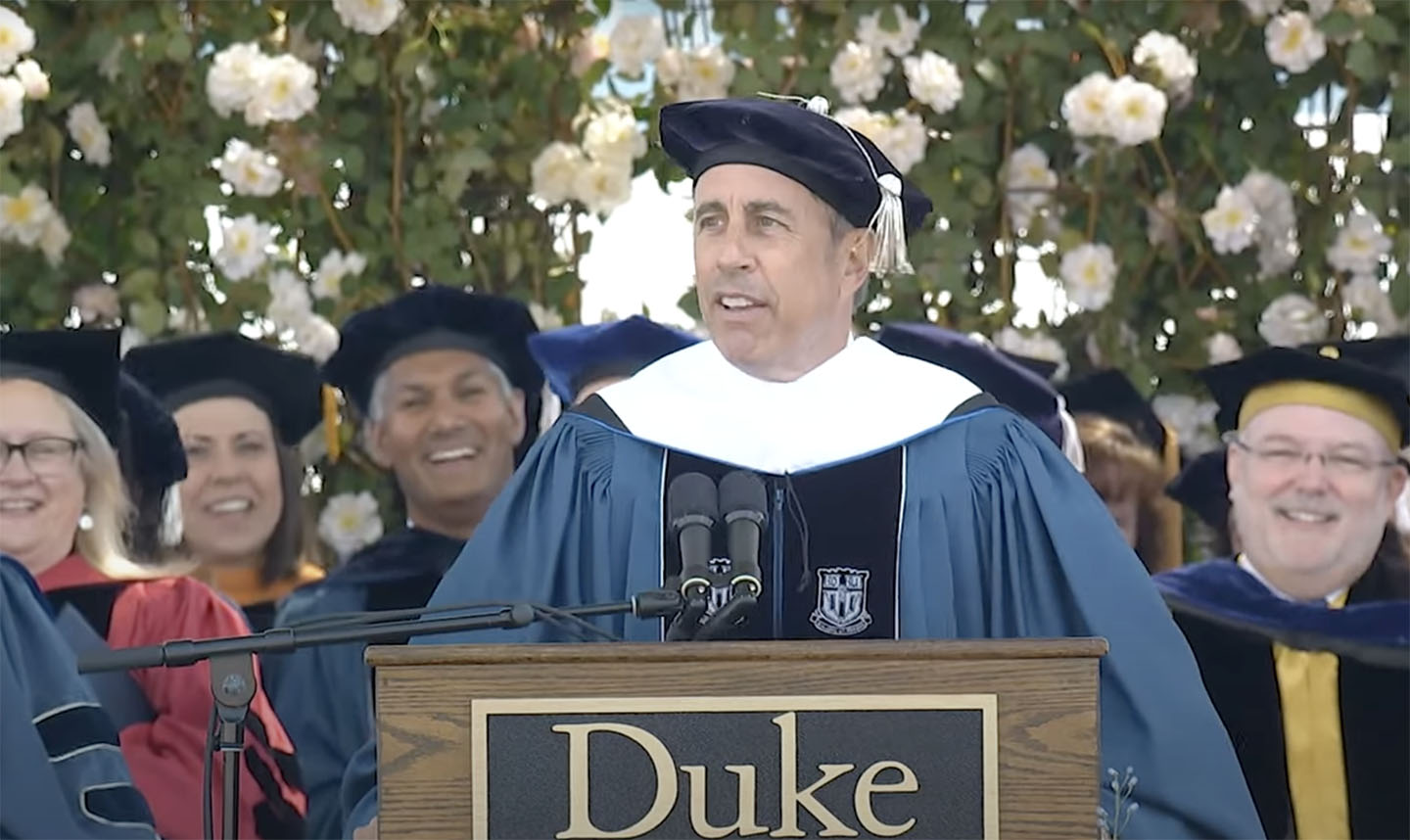
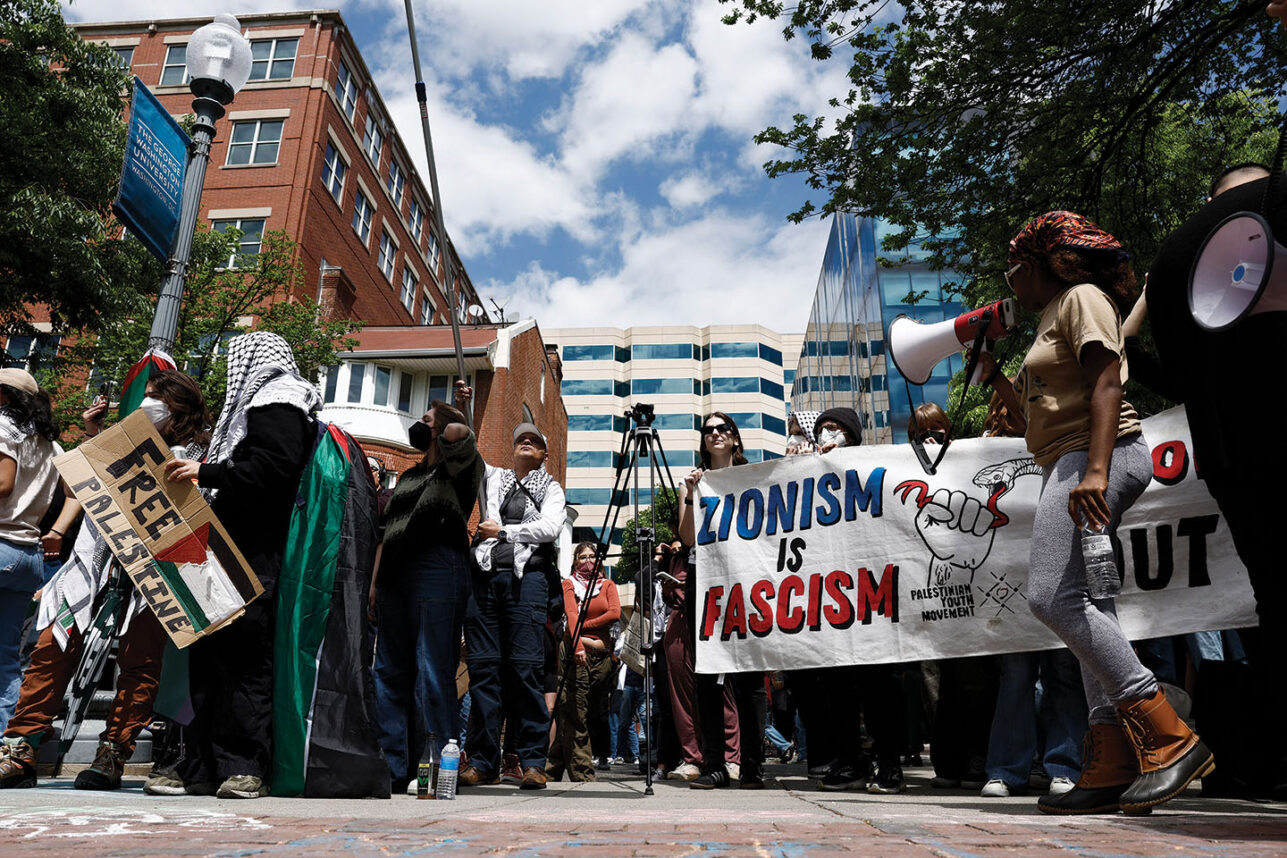
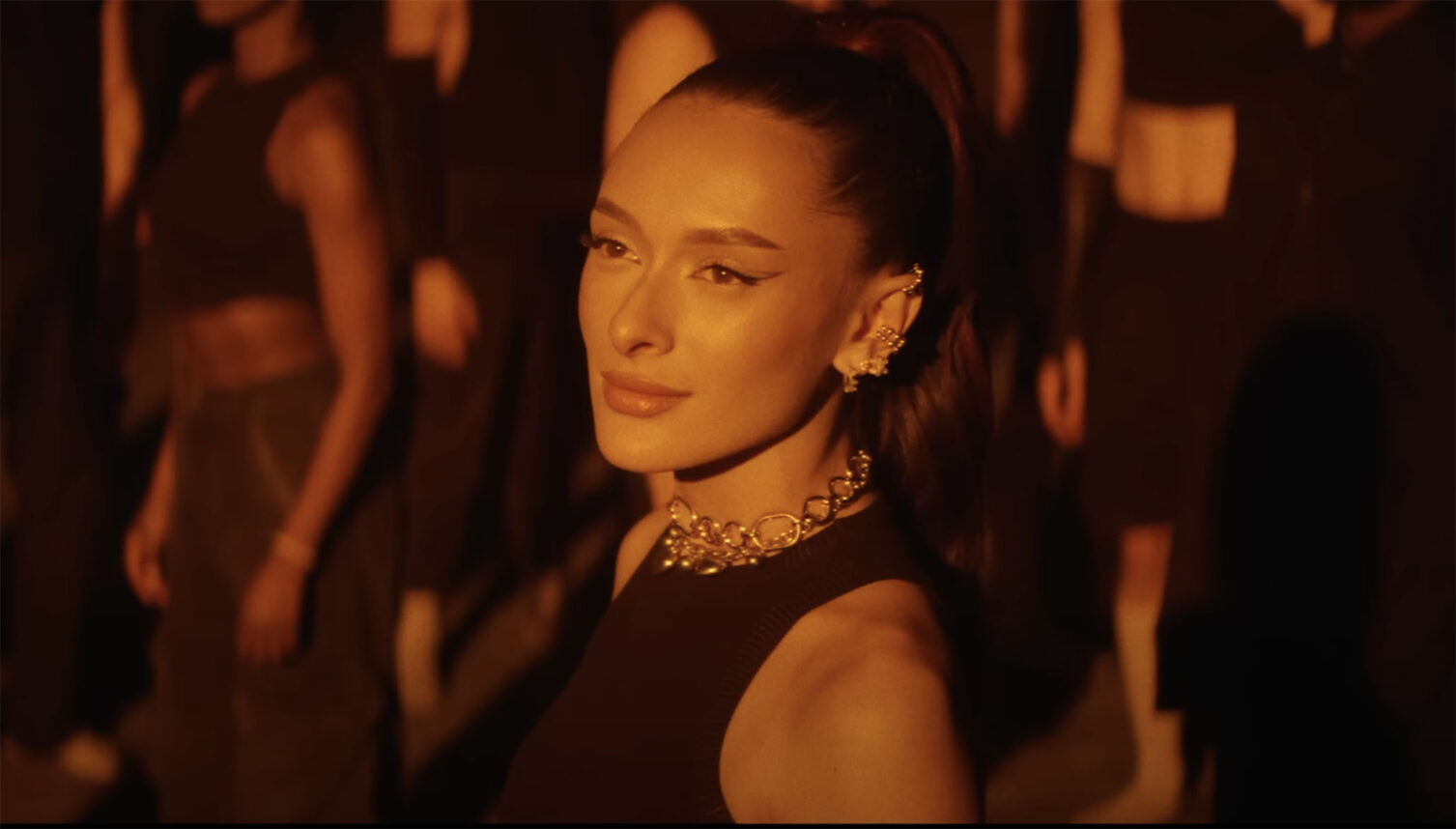

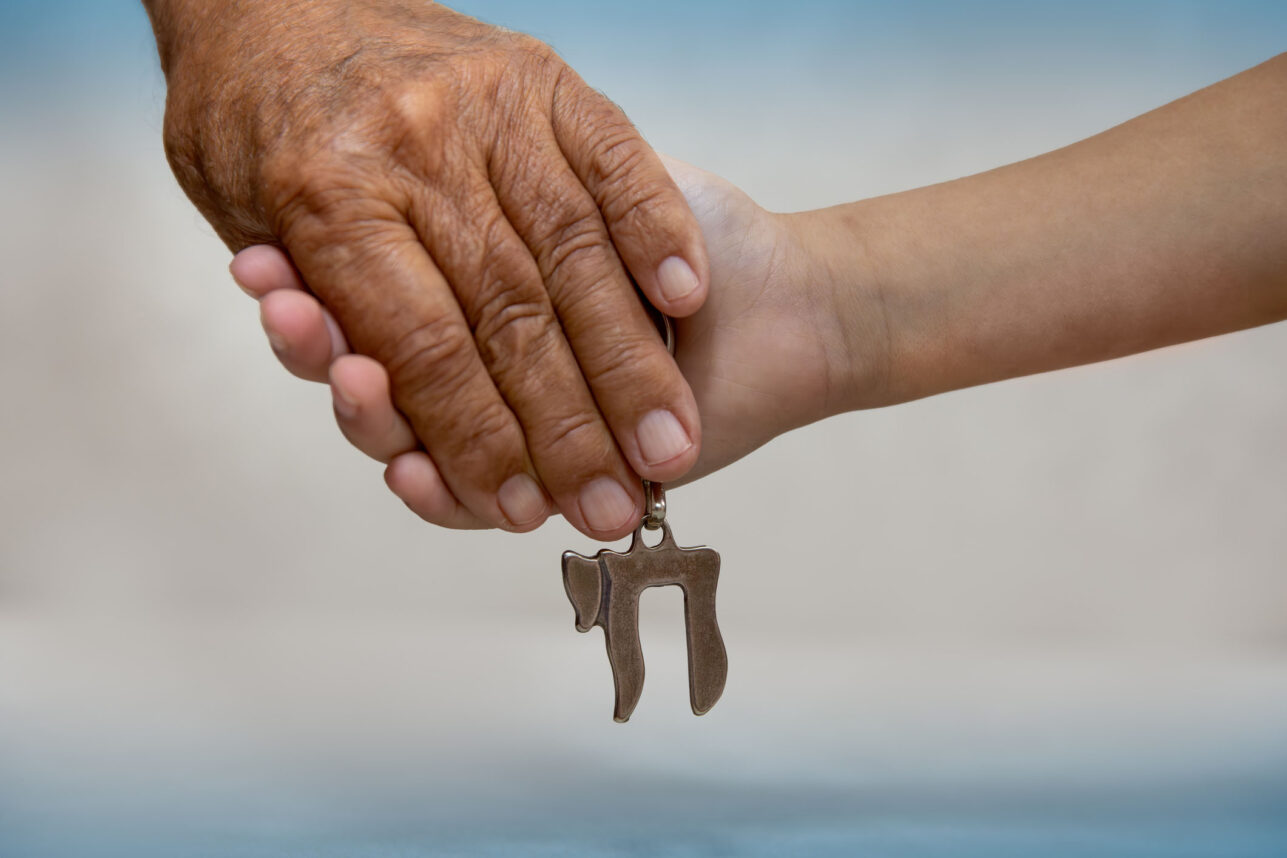
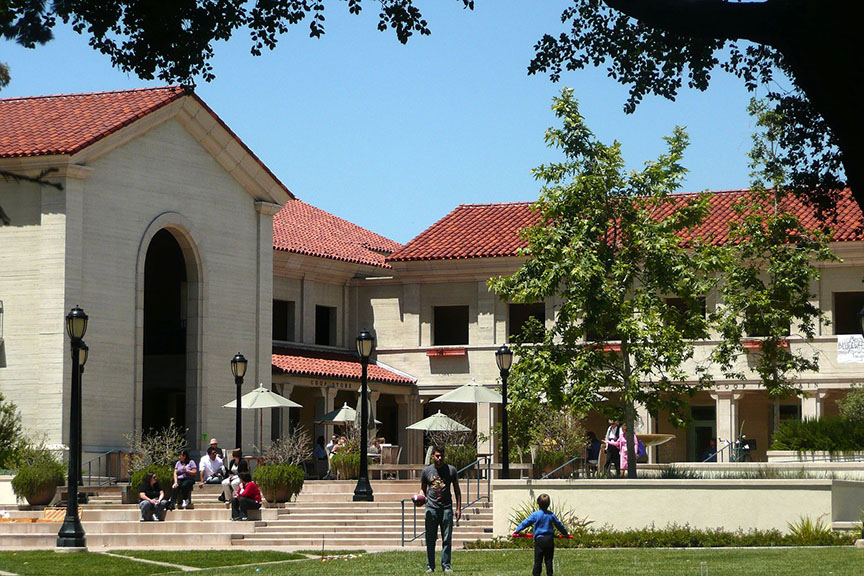
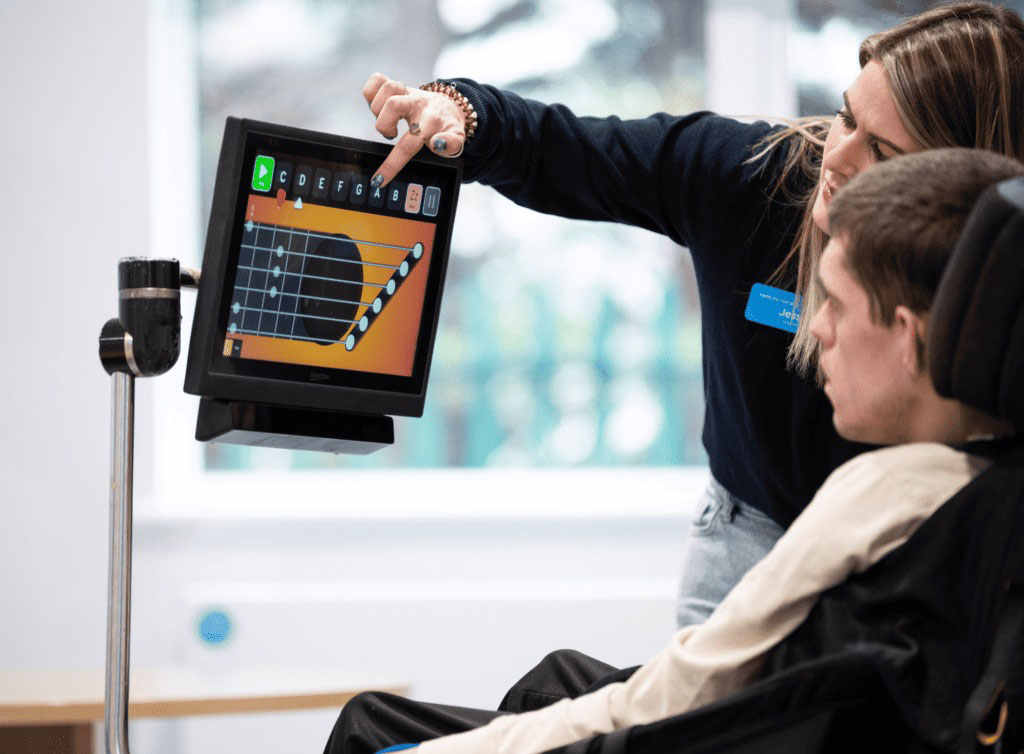
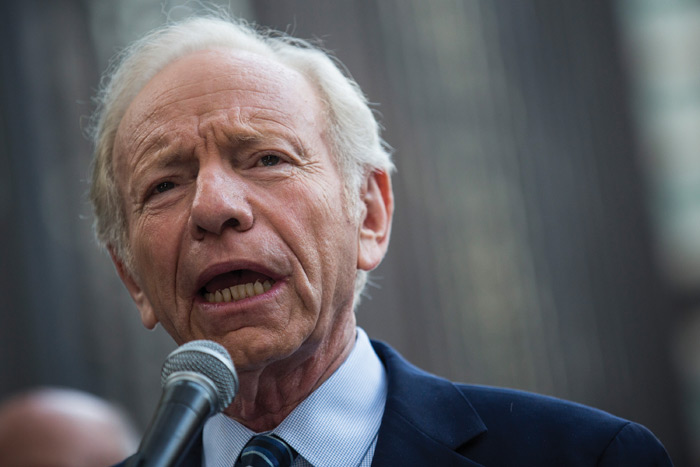






 More news and opinions than at a Shabbat dinner, right in your inbox.
More news and opinions than at a Shabbat dinner, right in your inbox.